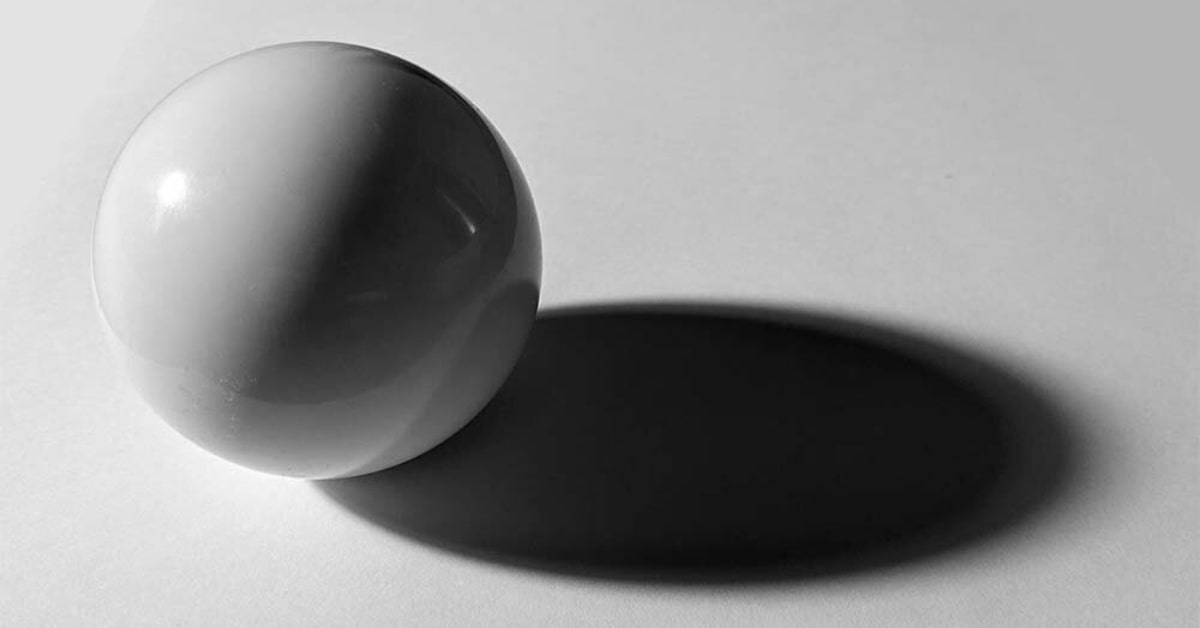Shadows, those mysterious entities cast by light interacting with objects, play a crucial role in the visual world. Understanding the nuances of shadows enriches our perception of space, form, and depth during photo editing. In this exploration, we’ll unveil the secrets of shadows by delving into the three primary types that shape our visual experiences.
The Three Types of Shadows
- Umbra: The Deepest Shadow:
- The umbra is the darkest part of a shadow, where the light source is completely blocked. In this region, the object casting the shadow fully obstructs the direct light, creating a distinct area of intense darkness.
- Penumbra: The Transitional Shadow:
- Surrounding the umbra is the penumbra, a transitional region where the shadow’s darkness gradually diminishes. In the penumbra, observers can witness a partial blockage of light, resulting in a softer and less defined shadow edge.
- Antumbra: The Outermost Shadow:
- In specific scenarios, such as solar eclipses, a third type of shadow called the antumbra can occur. It is the outermost region where the light source appears smaller than the object casting the shadow. This creates a unique effect where the shadow appears to extend beyond the object.
Understanding the Significance
- Light Source Proximity:
- The types of shadows observed depend on the proximity of the light source to the object casting the shadow. A point light source, such as the sun, can create clear umbra and penumbra distinctions.
- Object Size and Shape:
- The size and shape of the object casting the shadow influence the characteristics of each shadow type. Larger objects may have more gradual transitions between the umbra and penumbra.
- Effects on Visual Arts:
- Artists and photographers leverage the knowledge of shadow types to create realistic and visually engaging compositions. Mastery of shadow types enhances the depiction of form and depth in paintings, photographs, and other visual arts.
Conclusion
Delving into the three types of shadows reveals the intricate dance between light and objects, shaping the way we perceive the world around us. Whether studying the science behind shadows or incorporating this knowledge into artistic endeavors, understanding the nuances of umbra, penumbra, and antumbra enriches our appreciation of the visual tapestry that surrounds us.
FAQs
Can an object have all three types of shadows simultaneously?
In most scenarios, objects exhibit either umbra and penumbra or, in rare cases like a solar eclipse, all three types of shadows: umbra, penumbra, and antumbra.
Are the three types of shadows only visible outdoors?
No, the three types of shadows can be observed both indoors and outdoors, depending on the light source and the objects present. They are fundamental to the interaction of light and objects.
How can artists use the knowledge of shadow types in their work?
Understanding shadow types allows artists to create realistic depictions of light and shadow in their artwork, enhancing the illusion of three-dimensionality and depth.
Do all light sources create distinct umbra and penumbra shadows?
The characteristics of umbra and penumbra shadows depend on the size and nature of the light source. A point light source, like the sun, creates clear distinctions, while larger or diffused light sources may produce softer transitions.
This page was last edited on 27 February 2024, at 2:24 pm
